RECOMMENDED VIDEOS

FETUBE- FINISHING FREE CONCRETE FORMING SOLUTION FOR CONSTRUCTION
Far East Paper Products Sdn Bhd

BYD LED
BYD COMPANY LIMITED

Earth's Energy Needs in 2Mins- Advanced Energy Solutions
Advanced Energy Saving Solutions Co., Ltd.

Cellulose Insulation
TCL Resources Sdn Bhd

Innovative, eco-friendly robotic panel cleaning with the…
SunPower Corporation
Related Stories
‘House of Trash’ proves how waste can transform into beautiful home design
Whimsical park built of recycled materials pops up in Shanghai
Elevated bamboo peace bridge for the Korean Demilitarized Zone unveiled by Shigeru Ban and Jae-Eun Choi
Colossal cardboard temple pops up in Chiang Mai in just one day
Steven Holl unveils office clad in colorful photovoltaic glass for Doctors Without Borders
03 Jan, 2018
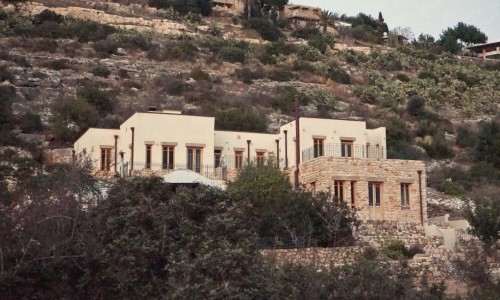
“Cannabis walls” add warmth to this eco-friendly home in Israel
Green Building Materials, Construction & Design | ISRAEL | 05 Dec, 2017
Published by : Eco Media Asia
Cannabis is good for more than just medicine—industrial hemp has its uses in eco-friendly architecture too. Haifa-based studio Tav Group built Ein Hod, an eco-minded home for artists, using hempcrete, a bio-composite made from hemp hurds, hydrated lime, and water with desirable thermal properties. Located on a hillside in a rural Israeli village, the beautiful terraced home is optimized for passive solar energy and natural ventilation to further minimize energy demands.
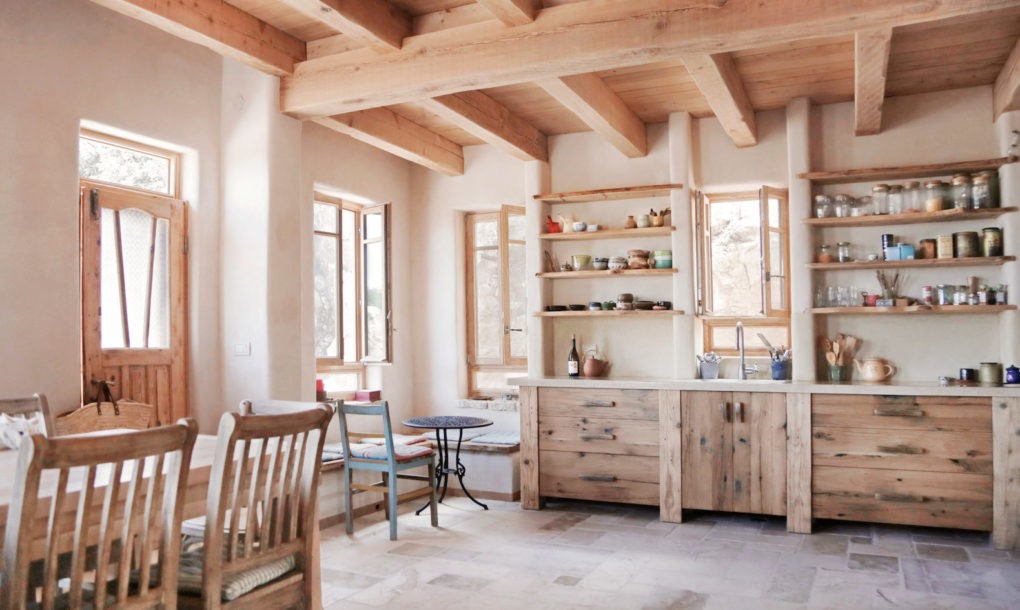
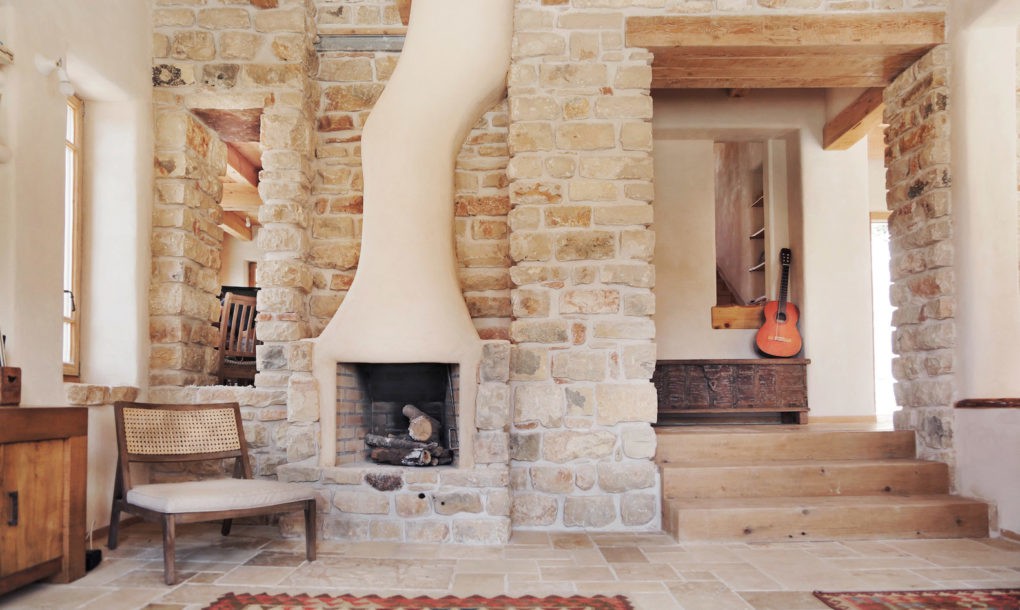
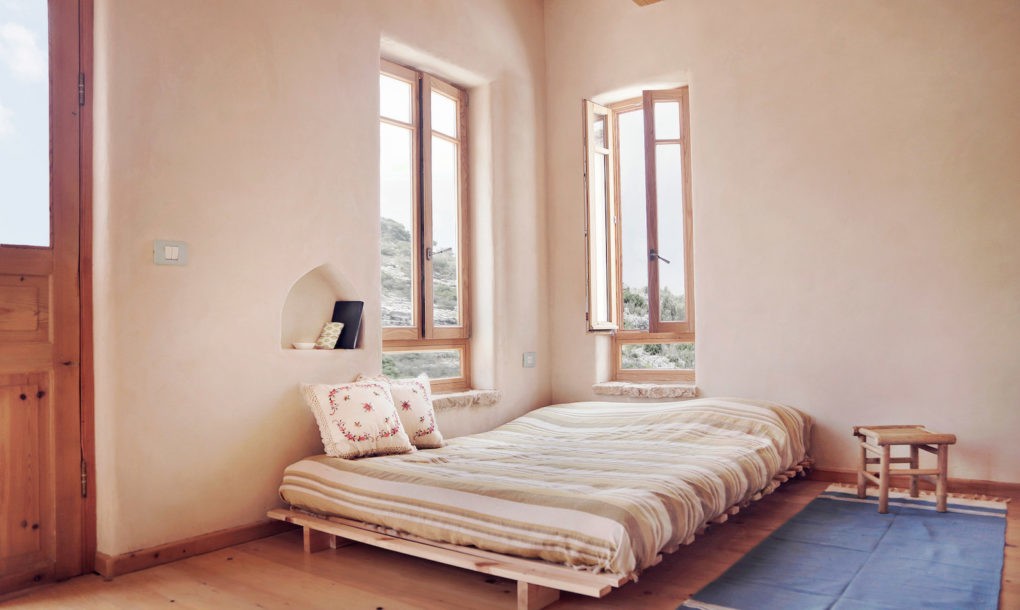
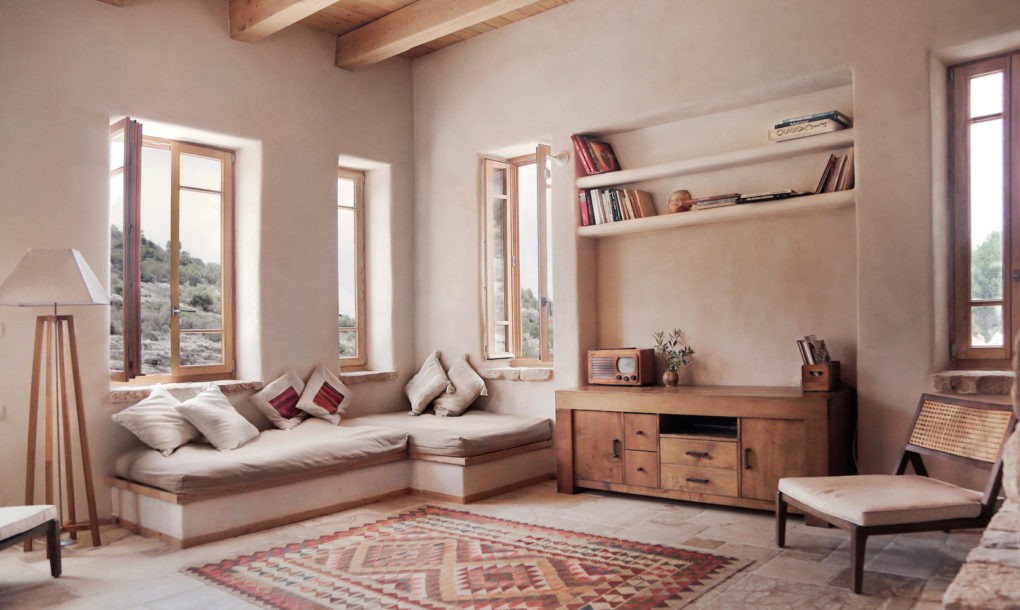
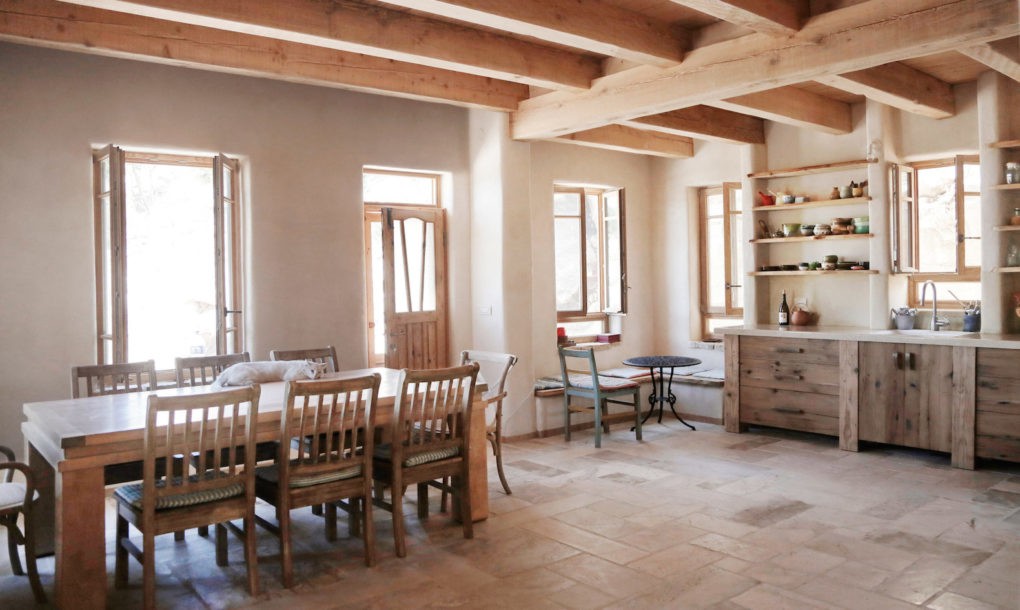
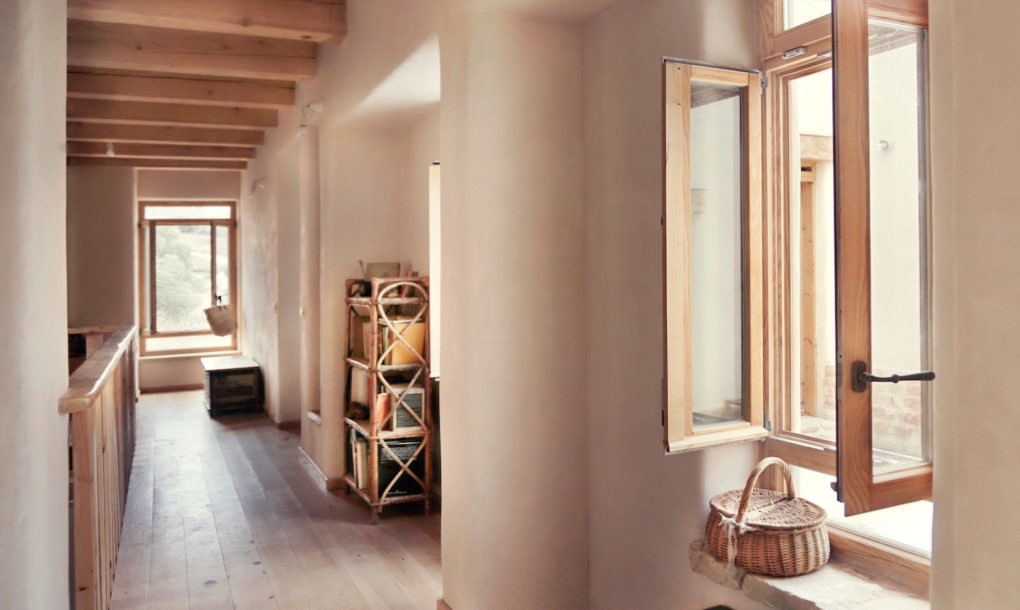
The use of natural materials and external lime plaster helps blend the 250-square-meter Eid Hod home into the rocky terrain. Concrete is avoided save for the mandatory safety room and foundations. Locally excavated stone make up the lower floor walls, while hempcrete, set between wood framing, makes up the walls of the upper levels. Interior walls are built of rammed earth and earth-based plaster is applied throughout the light-filled interior to create a warm and comfortable non-toxic environment. Timber ties the rooms together and can be seen in the rustic furnishings, stairways, window frames, and exposed ceiling beams.
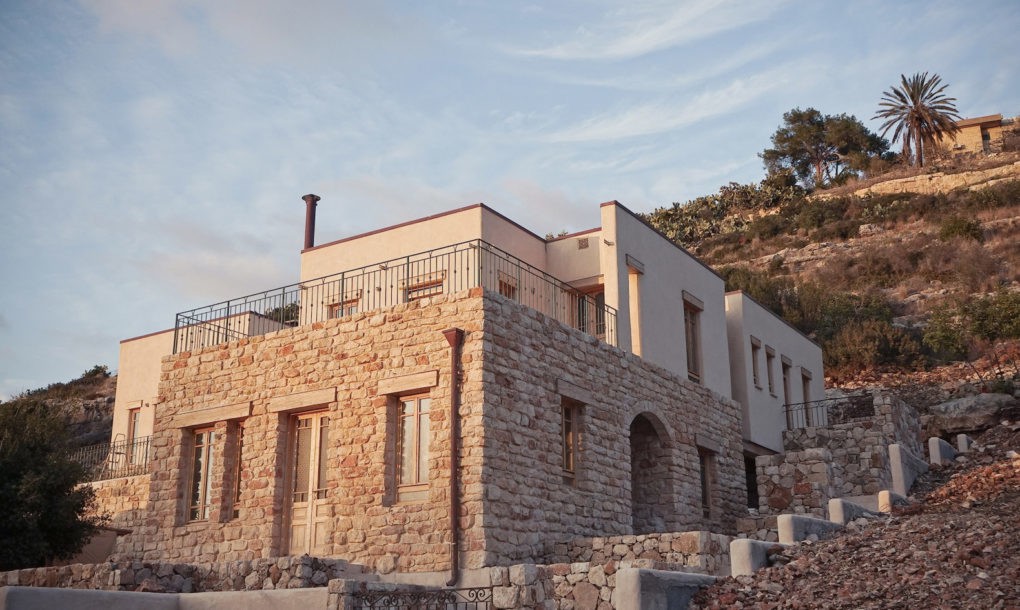
The architects say the Ein Hod home is the first structure in Israel built of hempcrete, a fire-resistant plant-based material with carbon sequestration benefits. The use of lime coating also adds to hempcrete’s anti-microbial and anti-fungal advantages. However, hempcrete is no replacement for concrete; the material isn’t suitable for structural use but is an eco-friendly insulation choice, albeit a pricey one depending on where it’s used.
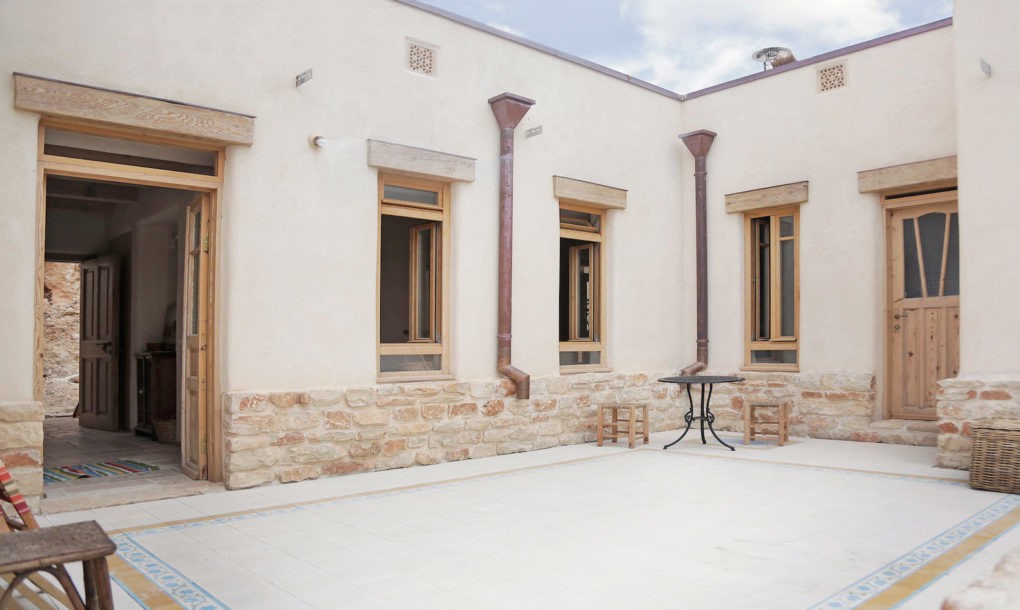
In addition to the use of hempcrete and passive solar principles, Ein Hod is also equipped with solar panels and rainwater collection as well as graywater purification systems to minimize water use.
Article from inhabitat.com
by Lucy Wang
